FinTech is transforming the financial services industry. Everyone from banks and credit unions to insurance companies deal with huge amounts of private data on a daily basis - and the best way to secure it is with encryption. Not only are companies deploying encryption to meet compliance (PCI DSS, etc.), but also as a security best practice.
 I recently sat down with Patrick Townsend, Founder and CEO, and discussed why encryption is critical to FinTech, meeting the various compliance requirements, as well as how Townsend Security is helping FinTech customers better secure their private data.
I recently sat down with Patrick Townsend, Founder and CEO, and discussed why encryption is critical to FinTech, meeting the various compliance requirements, as well as how Townsend Security is helping FinTech customers better secure their private data.
The financial world is rapidly changing. Innovations in technology are impacting payments, lending, insurance, and even compliance. Unfortunately, security often does not get as much attention as it should. Do you have any stories that you can share with our listeners about when security really wasn't thought all the way through?
Not only is security a consideration for new solutions coming to market, but it can also be a problem for businesses using legacy technology that was deployed many years ago. Encryption and data protection just were not on the top of anyone’s mind when the applications were built. I recently talked with a large global bank who is running a software package from a well known financial services software vendor and it DOES NOT implement security in the way that we think of it today. Encryption libraries didn’t even exist on some of these platforms when solutions were created, so we are left with applications without encryption, let alone proper key management. This is a ubiquitous problem across the financial services industry as a whole and has become a very big challenge.
Sometimes I wonder how secure our personal data would be if it weren’t for compliance regulations like PCI and GLBA. What are your thoughts on the impact of compliance and data security?
I think compliance follows threats and losses. When individuals suffer from cybercrime, they complain to their legislators and lawyers, and out of that come compliance regulations. For example, we are seeing new compliance regulations like those from the New York State Department Financial Services (NYDFS) requiring organizations to establish and maintain a “risk-based, holistic, and robust security program” that is designed to protect consumers’ private data.” Other compliance regulations like PCI DSS, GLBA, and not just regulations specific to the finance industry, have been created to protect individuals who may be cybercrime targets.
Financials organizations are responding to compliance regulations by further protecting data that they collect. They do it because they have to (to meet compliance requirements), but also because it is important to their brand and the trust that they have established with their customers. Today, no acquirer of FinTech would find it acceptable to have sensitive data not protected to industry standard encryption and security best practices.
The technologies around data protection are pretty straightforward. Encryption and key management are the fundamental compliance related controls required to protect non-public information (NPI) and personally identifiable information (PII) in financial services environments. Encryption can be deployed at the application or database level and allow organizations to provably meet compliance requirements for protecting data – both on premises and in the cloud.
What advice do you have when it comes to selecting and evaluating a FinTech vendor?
Security and compliance have to be top of mind. Businesses need to make sure that their FinTech is secure and that if it handles sensitive data, that it is protected with encryption and key management. Security needs to become an internal governance issue to be sure that solutions that are acquired and deployed or upgraded truly and provably meet compliance and industry standards.
Townsend Security is helping these organizations with Alliance Key Manager, our centralized encryption key management solution. We believe in compliance and standards and our key manager is FIPS 140-2 compliant, in use by over 3,000 customers worldwide, and is available as a hardware security module (HSM) or as a software appliance in VMware or the Cloud (AWS and Azure). Additionally, Alliance Key Manager has been validated to meet PCI DSS in VMware, giving businesses in the financial services industry a “compliance out of the box” solution.
To hear this interview in it’s entirety, download our podcast “Why Encryption is Critical to FinTech” and hear Patrick Townsend, founder and CEO of Townsend Security, further discuss encryption, key management, and meeting compliance requirements specific to financial services.

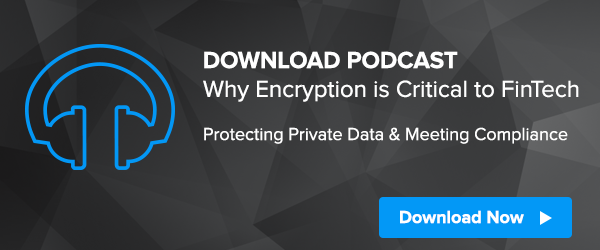
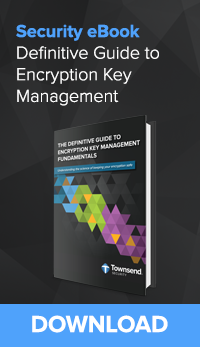

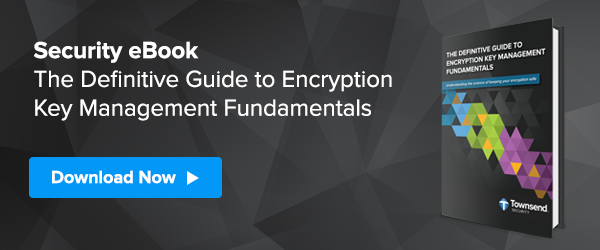
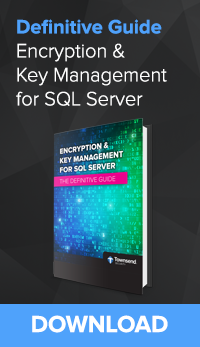
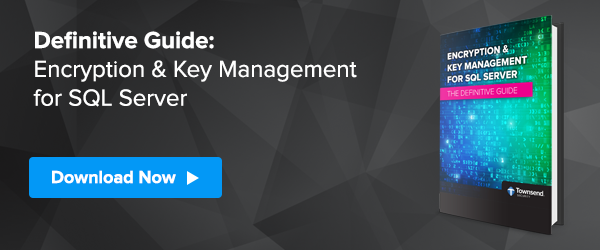
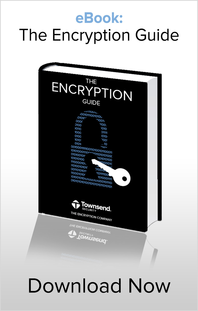
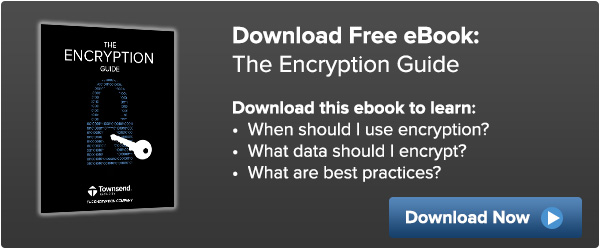
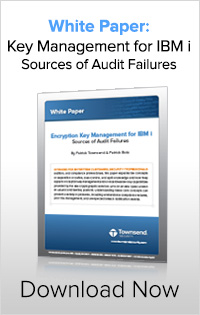
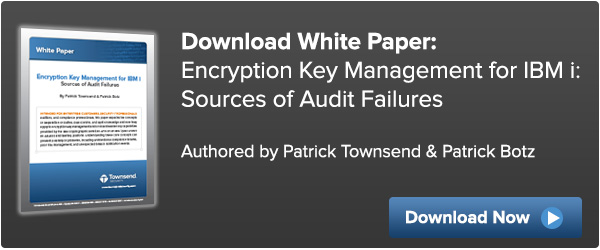
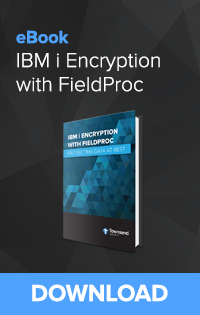
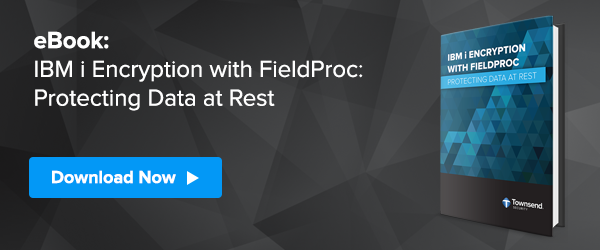
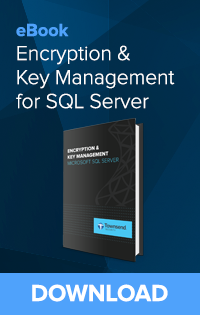
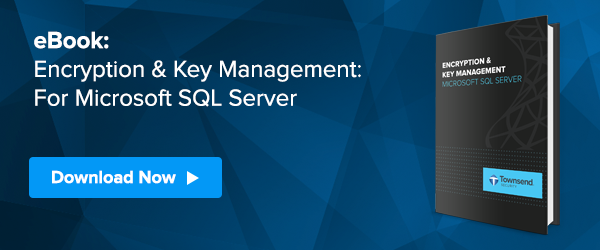

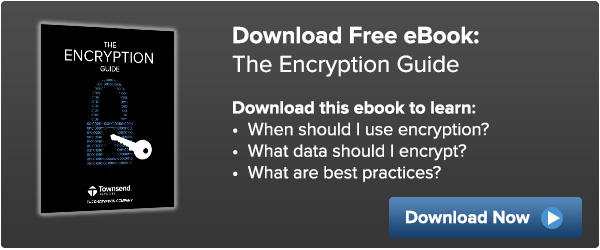
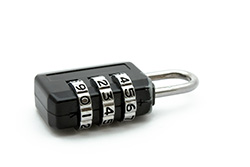 But the fact is that we owe an enormous debt of gratitude to these mathematicians as the practical results of their work keep us safe every day. Some of them work in academic environments around the world, some work for large companies like IBM and Microsoft, some work for governmental agencies, and some are students. Cryptography (sometimes called Cryptology) is a branch of mathematics and encompasses a number of areas. Like any area of academic specialization some cryptographers are well known, and some are mostly invisible outside of their academic area of specialty. You may have heard of Bruce Schneier as he is quite well known through his writing, speaking engagements and testimony before committees of the US Congress.
But the fact is that we owe an enormous debt of gratitude to these mathematicians as the practical results of their work keep us safe every day. Some of them work in academic environments around the world, some work for large companies like IBM and Microsoft, some work for governmental agencies, and some are students. Cryptography (sometimes called Cryptology) is a branch of mathematics and encompasses a number of areas. Like any area of academic specialization some cryptographers are well known, and some are mostly invisible outside of their academic area of specialty. You may have heard of Bruce Schneier as he is quite well known through his writing, speaking engagements and testimony before committees of the US Congress.